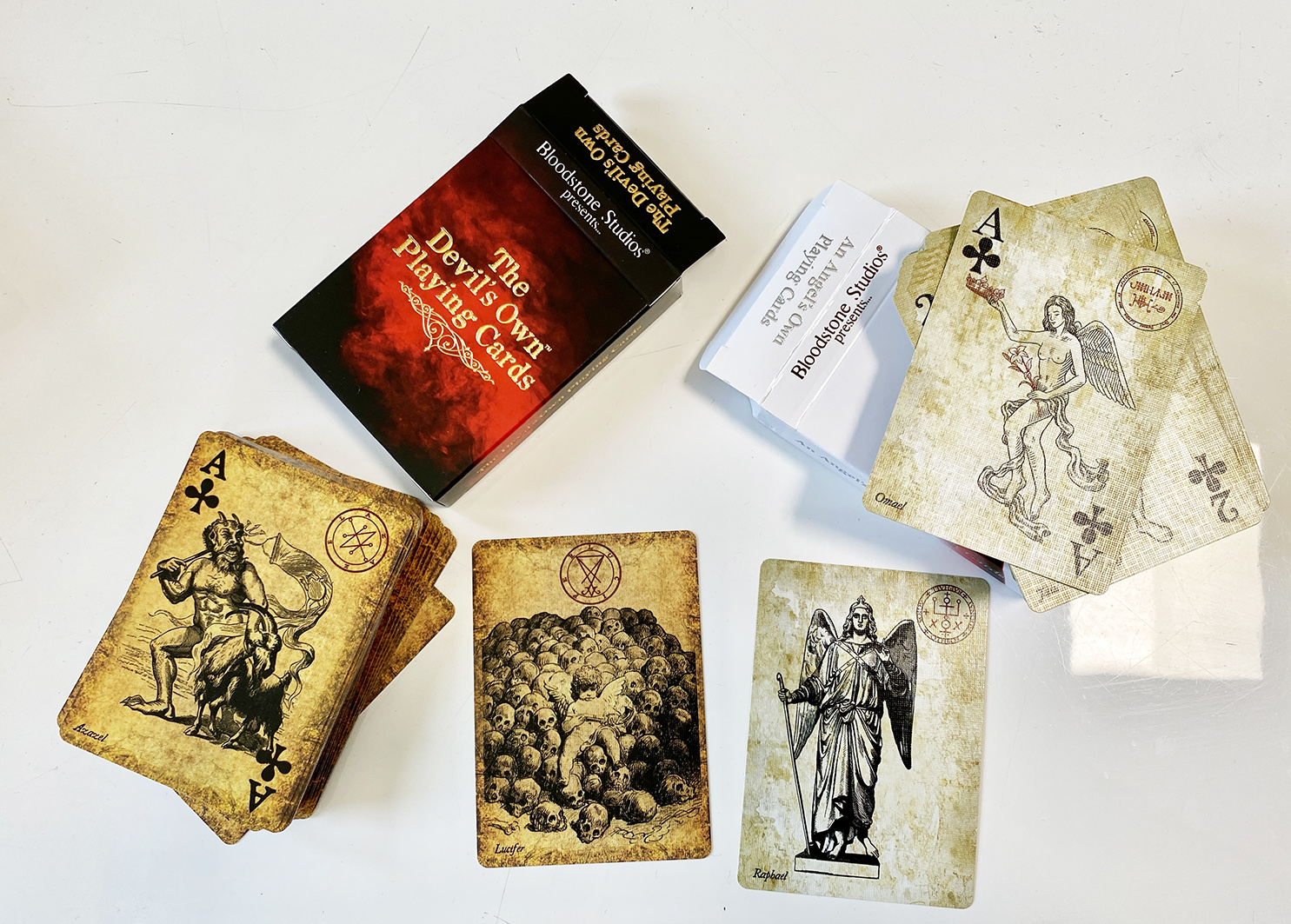Cartomancy
Cartomancy is fortune-telling or divination using a deck of cards.
History
Forms of cartomancy appeared soon after playing cards were first introduced into Europe in the 14th century. Practitioners of cartomancy are generally known as cartomancers, card readers, or simply readers.
In the early 1800s, French cartomancer Marie Anne Lenormand began publishing instructional books explaining how to utilize playing cards for divination. These caused a sensation throughout Europe and led to high demand for her specialized playing card decks.
Forms
Cartomancy using standard playing cards was the most popular form of providing fortune-telling card readings in the 18th, 19th, and 20th centuries. The standard 52-card deck is often augmented with jokers or even with the blank card found in many packaged decks. In France, the 32-card piquet stripped deck is most typically used in cartomantic readings, although the 52 card deck can also be used. A piquet deck can be a 52-card deck with all of the 2s through the 6s removed. This leaves all of the 7s through the 10s, the face cards, and the aces.
In English-speaking countries, the most common form of cartomancy is generally Tarot card reading. Tarot cards are almost exclusively used for this purpose.
After Tarot cards, oracle cards are the second most common type of cartomancy, having risen in popularity since the late 1990s.
